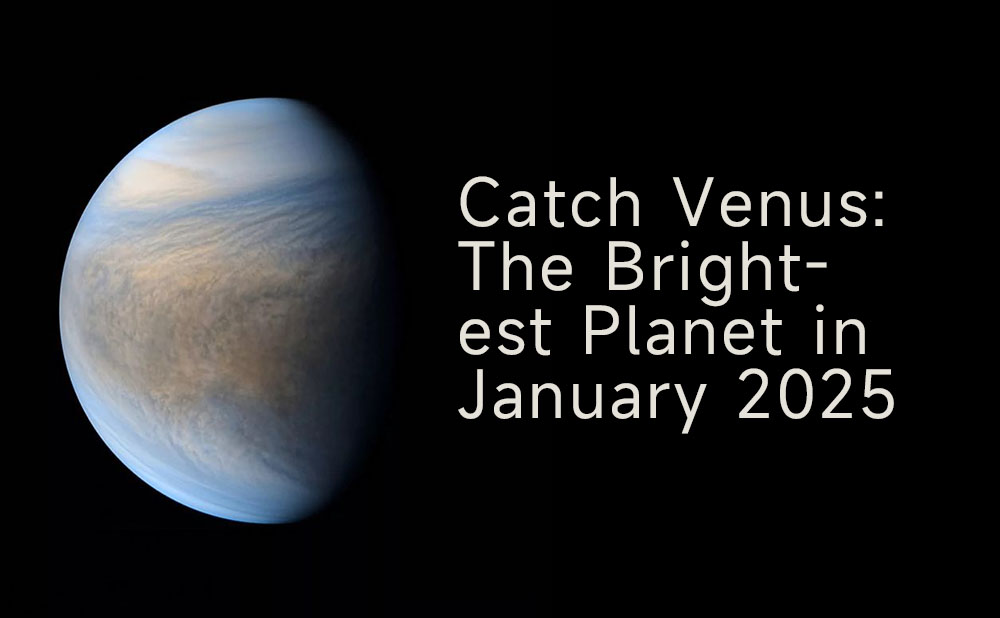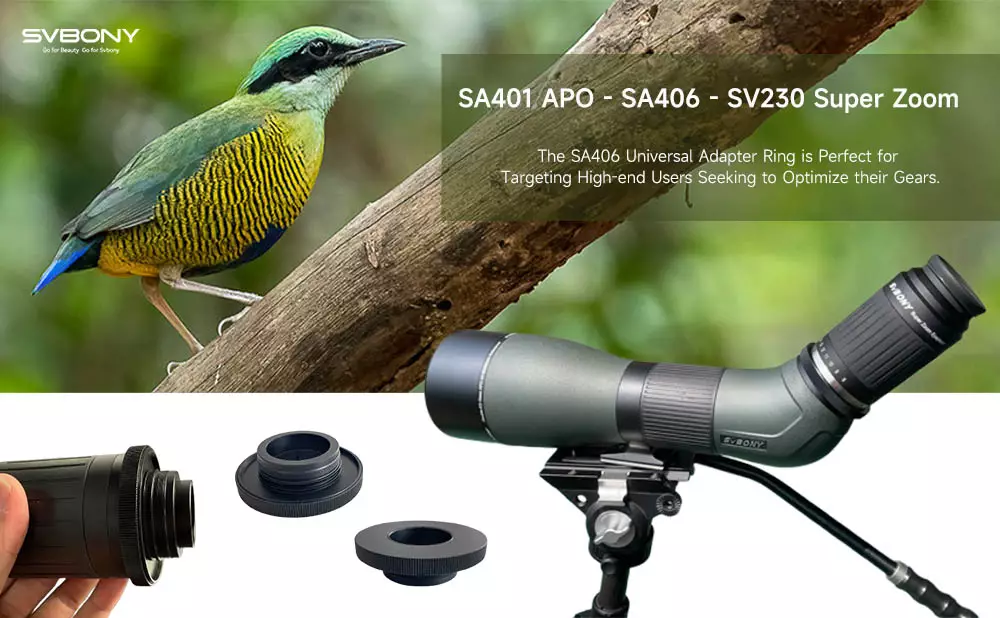Catch Venus: The Brightest Planet in January 2025

Catch Venus: The Brightest Planet in January 2025
Introduction
As we step into January 2025, stargazers and astronomy enthusiasts have an exciting event to look forward to—Venus will reach its greatest distance from the sunset! This celestial spectacle is a perfect opportunity for you to admire one of Earth's closest neighbors and experience the beauty of the night sky.
Venus Shines Brightly After Dark
Look towards the western evening sky after sunset this month, and you’ll find Venus dazzling brilliantly against the twilight backdrop. Known as Earth’s brightest neighboring planet, Venus will be a striking sight, easily visible even amidst the glow of dusk. In fact, you'll have plenty of chances to catch a glimpse of Venus, as it will remain an evening fixture through March.
Mark your calendars for 11 p.m. CST on January 9 (or 5 UTC on January 10) as Venus reaches its greatest elongation—this is when it will be farthest from the sun in our sky and thus most prominent in the evening sky. On this date, Venus will set about 4 hours after sunset, illuminating the darkening sky like a beacon.
A Pairing with Saturn
In addition to Venus's brilliance, Saturn will also grace the evening sky this month. While not as bright as Venus, Saturn will accompany the “Evening Star,” creating a lovely pairing for observers. As the two planets draw closer together, prepare for their closest approach on the evenings of January 17-18, 2025, where they will lie about 2.2 degrees apart—an eye-catching sight for all!
Why Is Venus So Special?
Venus holds the title of the second planet from the Sun, orbiting at a distance that keeps it tethered to our star in a unique way. You’ll never see Venus overhead at midnight; instead, it consistently appears either in the east before sunrise or in the west after sunset. This predictable behavior makes it a reliable target for stargazing.
Its brilliance is attributed to its thick cloud cover, which reflects a significant amount of sunlight. Even as daylight fades, Venus manages to pierce through the remaining twilight, making it nearly impossible to miss.
Get ready for an amazing viewing experience!
For anyone who wants to enjoy the wonders of the universe, January is a great time to observe Venus and its planetary companion Saturn. If you have binoculars or a telescope, pick them up, but even with the naked eye, the view will be amazing. Note the changes in the positions of Venus and Saturn as they dance in the night sky throughout the month.
We recommend you use SV407 astronomical binoculars for observation, which are specially built for astronomical observations and can also be connected to special astronomical visual filters, making it easy for you to stargaze!
Of course, if you want to record it with a camera, we recommend you use SV550 80APO Refractor Telescope and SV705C Planetary Camera to shoot, special planetary photography equipment, better to capture the picture you want!
Conclusion
Whether you are an experienced astronomer or just someone who enjoys the beauty of the universe, make sure to take a moment to look up and appreciate the dazzling display of Venus after sunset this January. Happy stargazing!








